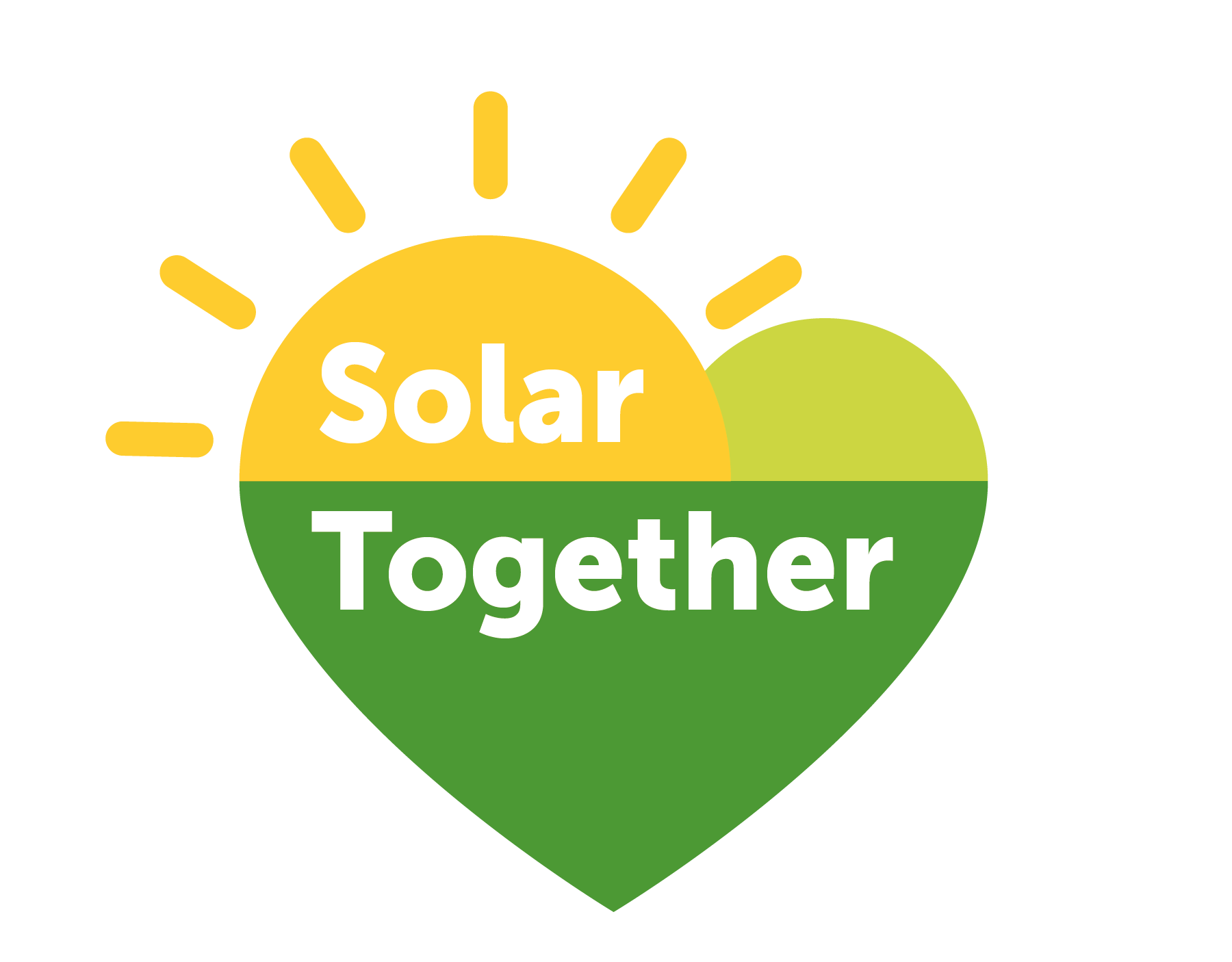- With a World First Artificial Intelligence Powered Energy Storage VPP
With UK success under its belt, Social Energy is set to make Australia’s vast rooftop PV resource pay back more to households and deliver for the grid — think an energy-storage system that uses AI to manage, distribute and trade energy generated by aggregated home solar.
Smart power aggregator Social Energy this month brings its UK-developed energy saving-and-trading platform, based on an AI-enabled Duracell 2.5-15 kWh battery storage system, to the Australian market — households and small businesses with rooftop solar can expect “up to 100% reduction on energy bills, sometimes more,” says Chris Parratt, Managing Director of Social Energy Australia.
The artificial intelligence links participants in state-based virtual power plants, and forecasts individual property energy consumption against the wholesale energy market price to automatically trade excess power at times of peak demand when electricity charges are at their highest.
“The idea is that batteries don’t yet have an economic payback,” especially as feed-in-tariff incentives fade, says Parratt.
Social Energy uses earnings from providing frequency control ancillary services (FCAS) to the grid and trading on energy spot markets to provide offset income to consumers.
Designed to truly empower homes and small businesses with rooftop solar to manage their energy expenditure, Social Energy’s integrated app prompts users on how to achieve ultimate efficient deployment of electrical infrastructure and appliances, while the AI learns the relevant habits and triggers for energy use in any given household.
The algorithm also correlates numerous data sets, including weather and traffic information, and mobile-phone data, with its understanding of how each household consumes energy. Through the app, the algorithm can, for instance, determine if a customer is late coming home.
“The system is ‘interested’ in when people come home, because that can be when energy prices are highest, so it determines when the battery is going to be used for self-consumption and for the wholesale market,” Parratt told pv magazine.
Social Energy’s smarts use weather forecasts to help schedule charging and discharging of the battery. “It’s interested in whether there’s going to be rain and cloud cover, which means solar is not at its strongest,” says Parratt. “It might still do that price arbitrage between charging now for a later peak, but that peak could be based on weather conditions, a daily occurring peak in the system, or whatever’s going on in the wholesale market, such as baseload generators being down — our forecast prepares for price events as well.
It will also become increasingly important as electric vehicles achieve higher penetration in the Australian market, to schedule charging of vehicles during times of lowest market cost of energy, while still meeting other household needs.
100% green energy retailer
As part of the package, Social Energy will become the energy retailer for participating homes and businesses, providing any power shortfall in the form of 100% green energy, generally purchased at off-peak rates.
“Our advantage over a big energy retailer like AGL or Origin is that the Social Energy platform can manage the use of power, and we’re buying less at peak,” says Parratt.
In the UK, Social Energy has secured 54% of the home solar battery market since it launched in late November last year.
Battery payback
“Batteries are still expensive,” says Parratt, but 2020 module prices are lower, and also offer better efficiency.” He estimates savings and earnings will pay for the battery within five years, instead of the typical market standard of around 10 years.
Social Energy’s Duracell Energy Bank 2 is scalable from the smallest available unit of 2.5 kWh, but Parratt, who was until recently MD at sonnen Australia, anticipates 10 kWh will be the Australian-market sweet spot.
“The modular system is designed to be tailored to customer economics. We’re interested in maximising savings and earnings for each household.”
“Over 10 years, we think the average house in NSW will receive $15,000 for participating.” This includes savings from self-consumption from the battery, and payments from services provided to the grid.
The calculation is based on a three-bedroom household with a Social Energy-connected 5 kW/11.6 kWh battery linked to a new 5 kWp solar PV system and assuming electricity consumption after solar of 4000 kWh in South Australia, or 3300 kWh in NSW.
The Social Energy kit includes a 5 kW inverter and backup provision, and has an IP65 waterproof rating which enables outdoor installation. It is also available for three-phase properties.
Social Energy has modified the design of the battery to take into consideration the new AS/NZS 5139:2019 battery installation standard.
“It’s delayed us by a couple of months,” concedes Parratt, “but we’d rather do that now. For example, we’ve changed the height of the system, because 5139 penalises systems that are tall and might be installed too close to the roofs of houses.”
Social Energy brand ambassador and shareholder, cricketing legend Shane Warne, will attend the launch at the top of Melbourne’s Eureka Tower on Wednesday 23 October, to cheer on Australia’s clean-energy revolution and advocate for more concerted action against climate change. Sunscreen recommended.



